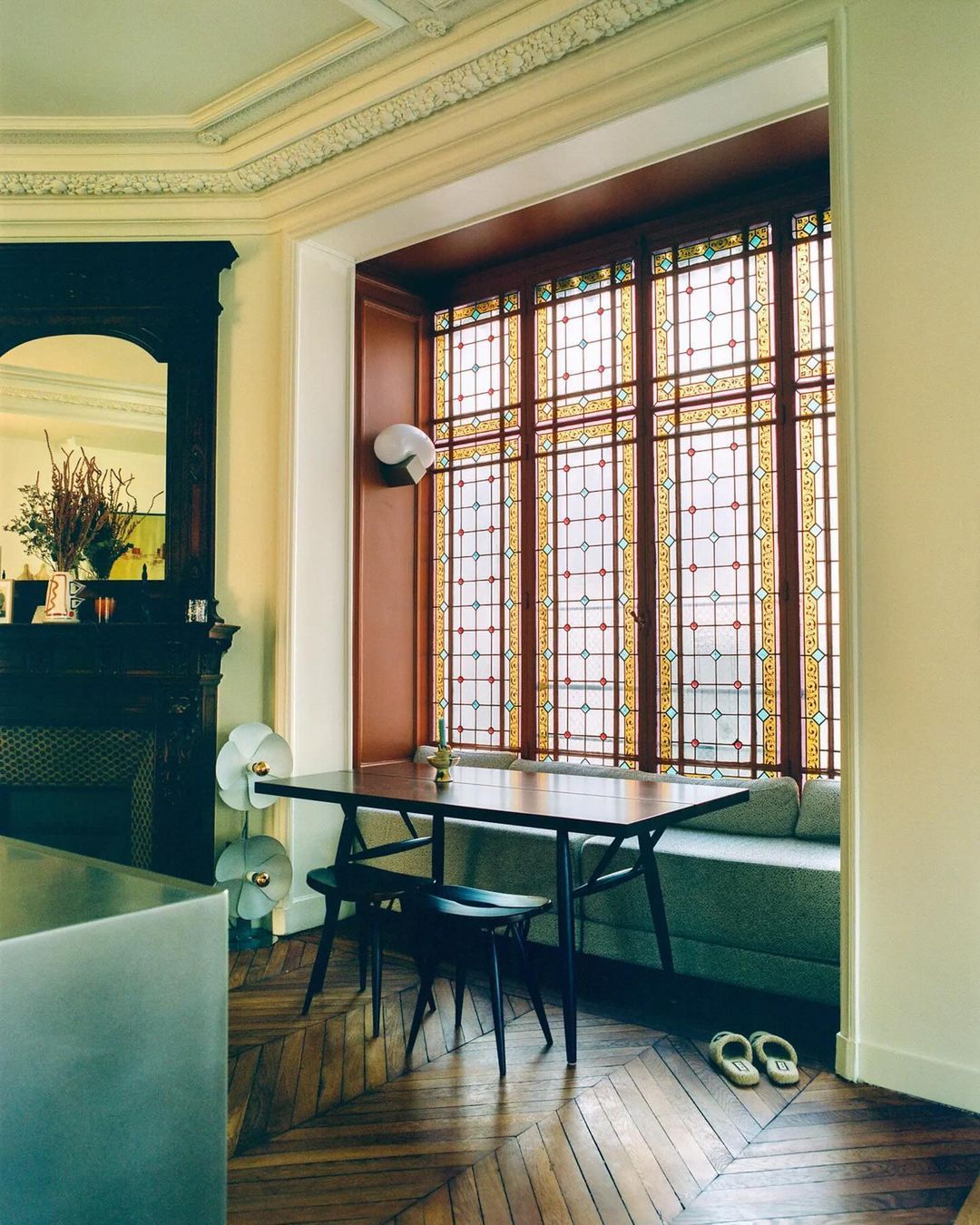
In the 19th century, apartment living was a relatively new concept that was gaining popularity in cities across Europe and America. As populations grew and urban areas became more crowded, the need for efficient and affordable housing options became increasingly important. Apartment buildings offered a solution to this problem, providing multiple living spaces within a single structure.
One of the key features of 19th century apartments was their design and layout. Apartments were typically located in large, multi-story buildings that were divided into individual units. Each unit would have its own living area, kitchen, and bedrooms, allowing residents to have their own private space within a shared building. These buildings were often constructed with ornate architectural details, such as intricate facades, grand staircases, and decorative moldings, reflecting the wealth and status of their inhabitants.
Inside the apartments, residents would find a mix of modern conveniences and traditional design elements. Many apartments featured high ceilings, large windows, and hardwood floors, creating a sense of spaciousness and elegance. However, living conditions in 19th century apartments could vary greatly depending on the wealth and social status of their occupants. While some apartments were luxuriously appointed with fine furnishings and modern amenities, others were more modest in their accommodations, lacking in amenities and requiring residents to share common facilities such as bathrooms and kitchens.
Despite these differences, apartment living in the 19th century offered many advantages over traditional single-family homes. For one, apartments provided a more affordable housing option for urban dwellers, allowing them to live in close proximity to work, shopping, and entertainment. Additionally, apartment buildings often provided communal amenities such as courtyards, gardens, and shared living spaces, fostering a sense of community among residents.
Overall, 19th century apartments played a crucial role in shaping the urban landscape and providing housing for a growing population. Their design, layout, and amenities reflected the social and economic trends of the time, offering a mix of luxury and practicality to residents of all backgrounds. Today, many of these historic apartment buildings still stand as a testament to the innovation and creativity of 19th century architecture.
 home decor trends
home decor trends



